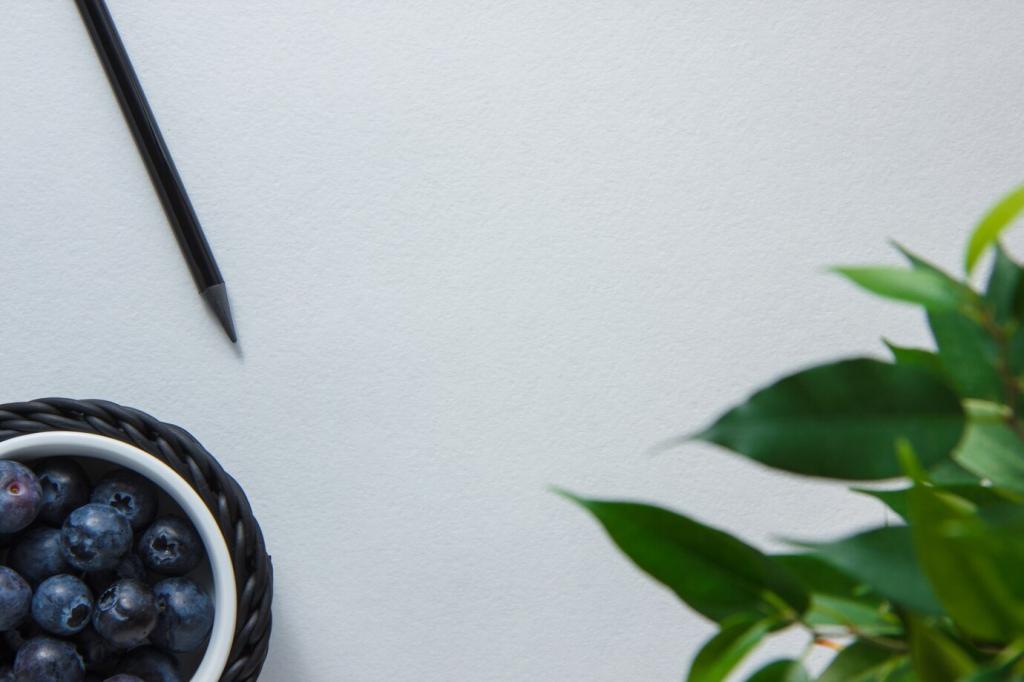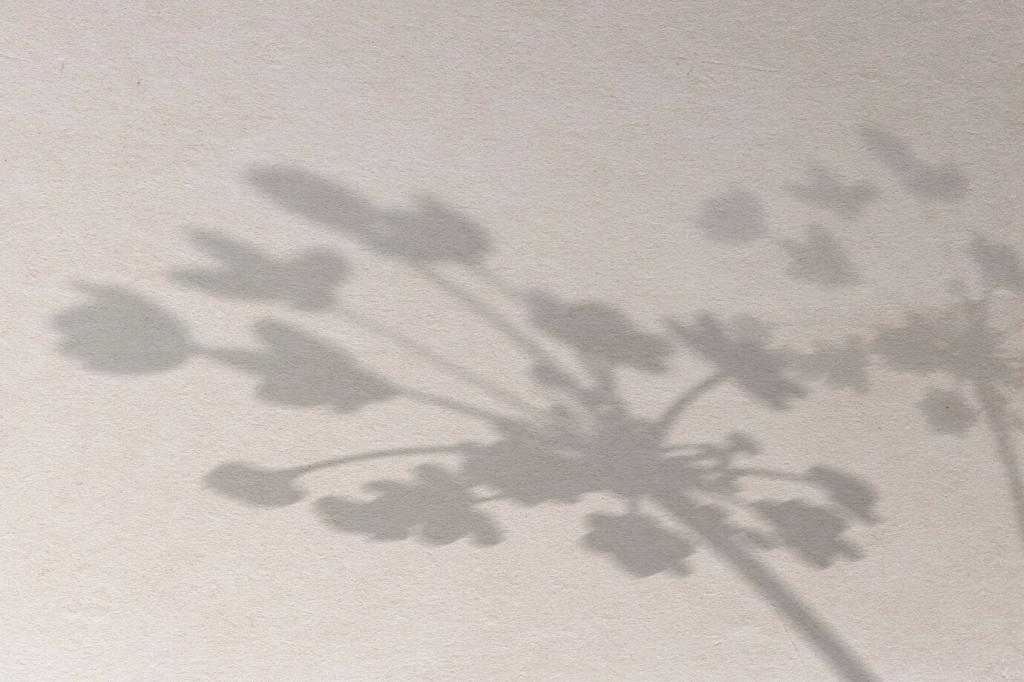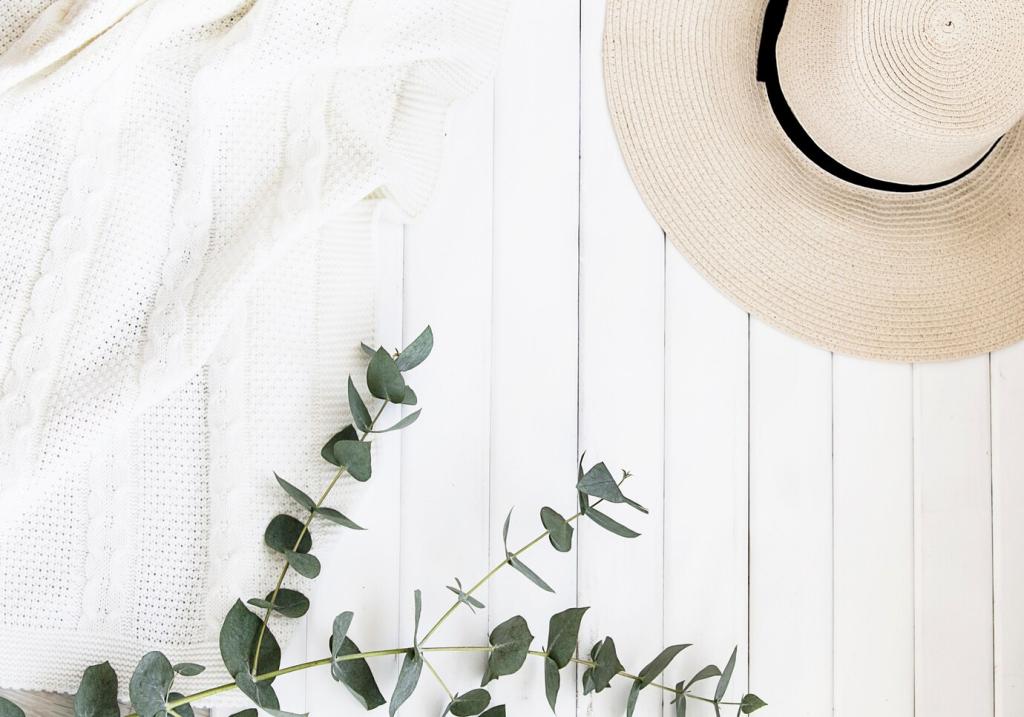Sourcing and Sustainability: Integrity Behind the Aesthetics
Seek FSC or PEFC for wood, Greenguard Gold for low-emissions products, and OEKO-TEX for textiles. Trace materials when possible, asking vendors about origin, finishes, and transport. Transparent documentation supports healthier interiors and protects the ecosystems that inspire minimalist design.
Sourcing and Sustainability: Integrity Behind the Aesthetics
A salvaged oak tabletop with visible saw marks became our favorite dining surface. Its history adds warmth, while local sourcing reduced emissions. Reclaimed stone offcuts make beautiful shelves or sills—proof that minimalism can be richly storied, resourceful, and proudly imperfect.








